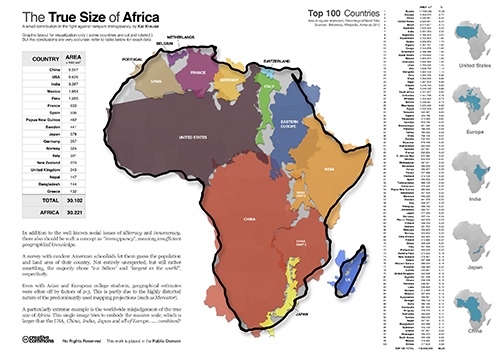The recent public discovery of massive NSA surveillance of U.S. citizens as well as foreign citizens and even foreign leaders has opened up a conversation about human rights, the “surveillance industrial complex,” (Gates, 2012) and the implications of the new age of surveillance on international relations. In late October, the news that the NSA had been monitoring the personal cell phone of German Chancellor Angela Merkel since 2002 sent shockwaves through the international community and prompted many governments to demand new rules for international intelligence gathering. But the latest leaks from NSA documents released by former NSA contractor Edward Snowden show that the U.S. is not the only government with large-scale surveillance programs. Reuters reported on November 2nd that “[s]py agencies across Western Europe are working together on mass surveillance of Internet and phone traffic comparable to programmes run by their U.S. counterpart” (Shirbon, 2013).
Clearly, international political leaders have much to discuss about how digital security and surveillance will be governed in the future. A new study by the European Parliament’s Committee on Civil Liberties, Justice and Home Affairs concludes that the surveillance activities that have been undertaken by the NSA, GCHQ, and other European intelligence agencies violate several European Union laws. The study recommends that the full nature of these intelligence programs be exposed for analysis and asserts that “A ‘professional code for the transnational management of data’ within the EU should be set up, including guidelines on how this code would apply to EU partners” The study also argues that “[l]arge-scale EU surveillance programmes also compromise the security and fundamental human rights of citizens and residents in the Union, in particular those related to privacy and effective legal protection” (Bigo et al, 2013). Undoubtedly, European and U.S. policymakers will be discussing and debating these surveillance activities in the months and years to come, and the stakes will only rise as technology advances and as more of our lives take place and become documented in the digital realm.
Want to learn more about this topic? The sources below will get your started!
Scholarly Articles
Bigo, Didier, Carrera, Sergio, Hernanz, Nicholas, Jeandesboz, Julien, Parkin,Joanna, Ragazzi, Francesco, and Scherrer, Amandine. (2013). Mass Surveillance of Personal Data by EU Member States and its Compatibility with EU Law. (Report No. 61) Brussels : The Centre for European Policy Studies.
Ball, K.S and D. Murakami Wood. (2013). Editorial. Political Economies of Surveillance. Surveillance & Society 11(1/2): 1-3.
Richards, N. M. (2013). THE DANGERS OF SURVEILLANCE. Harvard Law Review, 126(7), 1934-1965.
Books from the UIUC Library
Assange, Julian., Appelbaum, Jacob, Müller-Maguhn, AndyZimmermann, Jérémi. (2012). Cypherpunks: freedom and the future of the internet. New York : OR Books.
Ball, K.S. and Snider, L. (eds). (2013). The Surveillance Industrial Complex: Towards a Political Economy of Surveillance. London, New York: Routledge.
Gates, K. 2012. The Globalization of Homeland Security, in K.S. Ball, D.H. Haggerty and D. Lyon (eds.) The Routledge Handbook of Surveillance Studies. London / New York: Routledge, 292-300.
Johnson, Emily M.Rodriguez, Michael J. (Eds.) (2012). Legalities of GPS and cell phone surveillance. New York : Novinka.
Luppicini, Rocci. (Eds.) (2013) Moral, ethical, and social dilemmas in the age of technology theories and practice. Hershey, Pa. : IGI Global.
Pimple, Kenneth D.. (Eds.) (2013). Emerging pervasive information and communication technologies (PICT) :ethical challenges, opportunities and safeguard. Dordrecht : Springer.
Rosen, David,Santesso, Aaron. (2013). The watchman in pieces: surveillance, literature, and liberal personhood. New Haven : Yale University Press.
Trottier, Daniel. (2012). Social media as surveillance: rethinking visibility in a converging world. Surrey, England: Ashgate.
News Coverage of NSA Leaks

